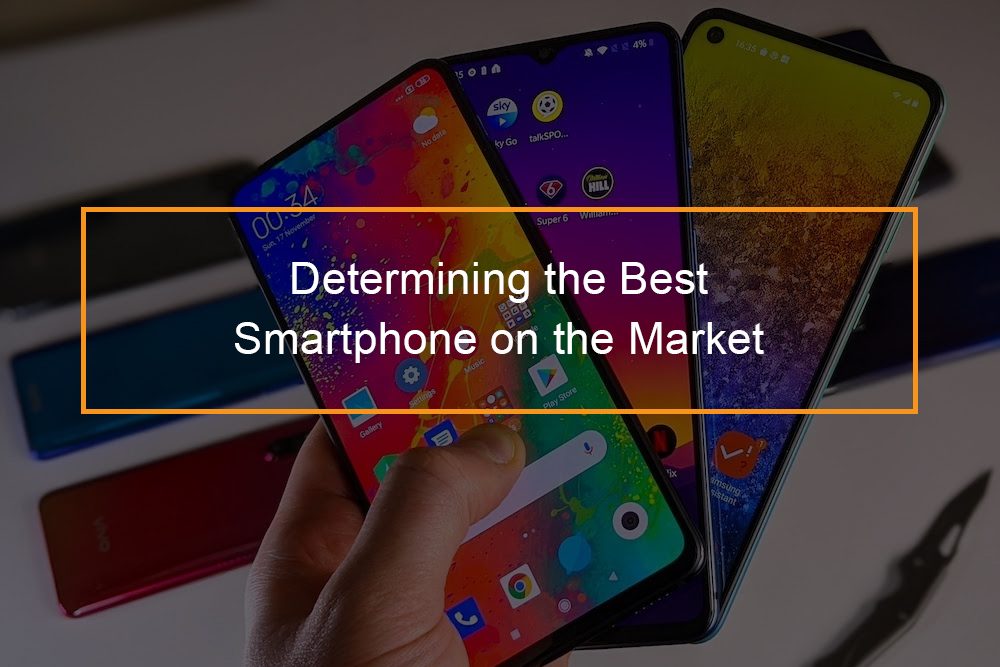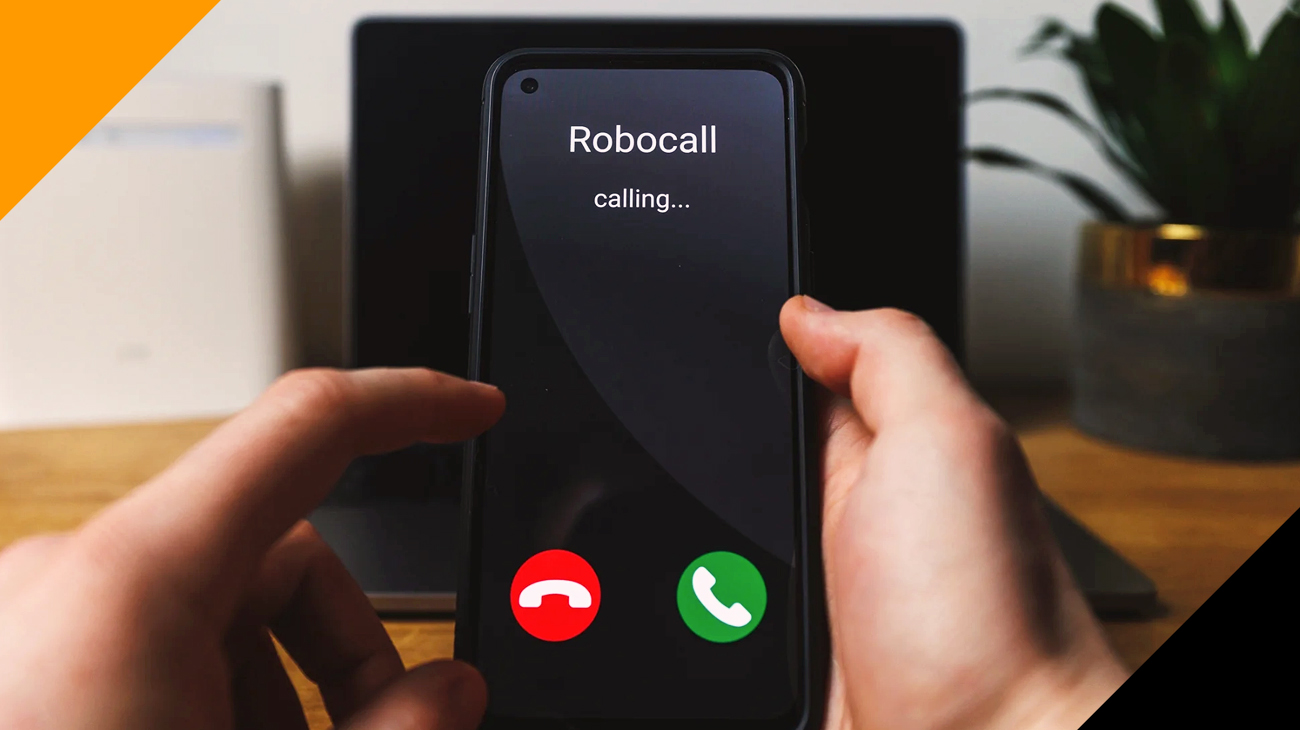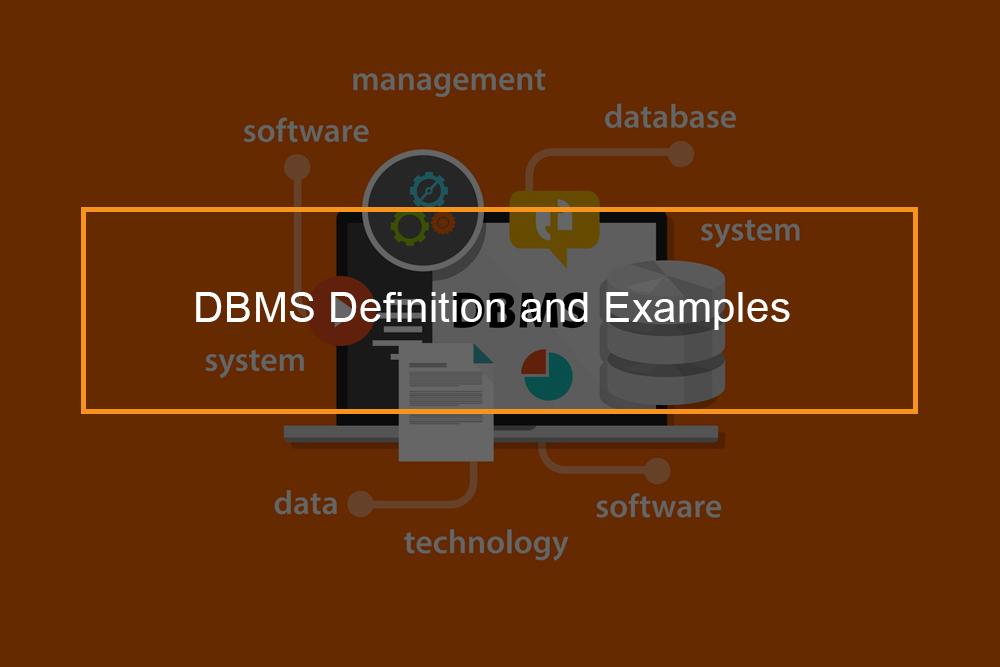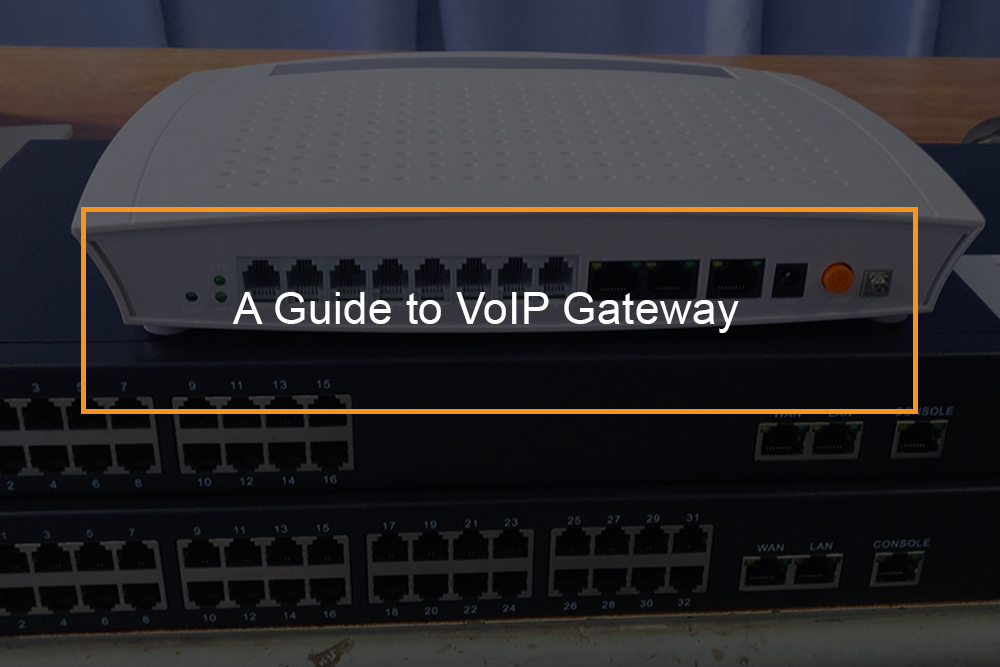What is the difference between VoIP and IP telephony?
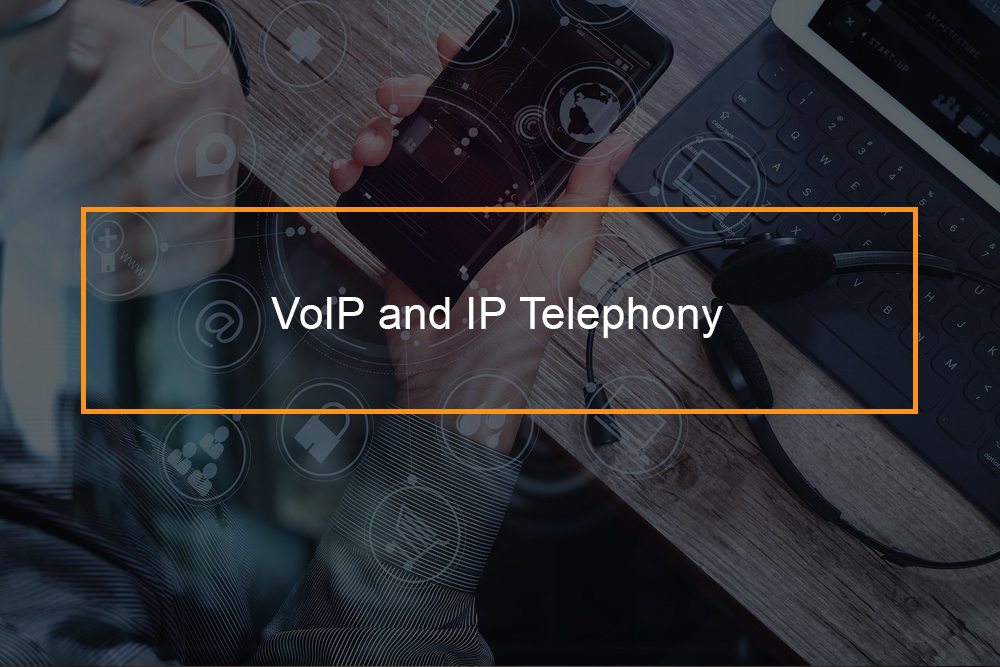 VoIP system is different from IP telephony in that VoIP is just really a subset of IP telephony. Whereas internet telephony refers to any internet phone system, Voice over Internet Protocol is a specific method for placing phone calls via the Internet. The terms IP telephony and VoIP telephony are frequently used interchangeably. Nonetheless, it is vital to understand the difference between IP telephony and VoIP phones, especially when making a purchase decision.
VoIP system is different from IP telephony in that VoIP is just really a subset of IP telephony. Whereas internet telephony refers to any internet phone system, Voice over Internet Protocol is a specific method for placing phone calls via the Internet. The terms IP telephony and VoIP telephony are frequently used interchangeably. Nonetheless, it is vital to understand the difference between IP telephony and VoIP phones, especially when making a purchase decision.
Companies are now using the IP phone system, sometimes known as IP PBX- that leverage the internet protocol to replace analog traditional telephone systems in their enterprises. This does not necessarily mean the telephone system is connected to the public Internet. An IP phone system utilizes IP technology within the private data network in one location or across a private network to access remote locations.
VoIP means using the public Internet or mobile data to transfer voice traffic. When the public Internet is utilized, you do not have the same direct control over the quality of the service as you do over your network, so it is more likely that voice quality through the Internet could suffer. Nonetheless, when well-engineered, voice quality over the public Internet can be useful as analog telephone lines.
Typically you can use telephony IP over your data network to connect remote sites with many workers or reach remote employees in home offices. In case you do not have a private network, you can use the public internet to access them. And you do not have to make total swaps out of your existing phone system. It is possible to have switched to VoIP and introduce IP technologies gradually into your company and interface it to legacy systems.
What is an IP telephony system?
IP telephony system explained
An IP telephony system utilizes packet-switched (VoIP) Voice over IP networks or internet telephony to transfer telephone calls over the Internet contrary to the circuit-switched phone used by the analog Public Switched Telephone Network (PSTN).
IP telephone systems typically comprise a VoIP private branch exchange (an IP PBX) and desktop VoIP apps(IP phones) that link to a VoIP service provider through a Local Area Network (LAN). One of the main advantages of IP office phone systems is that while long-distance calls on the traditional phone system can be cost-prohibitive, the same calls on IP phone systems are free- there are no fees apart from the cost of internet access.
Internet telephony refers to all features of analog telephony (phone calls, voicemail, and fax) where all internet calls and information are sent over the Internet instead of traditional landlines. Examples of internet telephony services include Skype for business communications and the NFON Cloud Telephone system.
Types of (internet protocol) IP telephony
There are many internet telephony applications accessible. Some such as Microsoft NetMeeting, are bundled with famous web browsers. Others are stand-alone products. Internet telephony products are sometimes known as mobiles ip telephony, Voice over IP VOIP, or Voice over Internet (VOI) products.
Internet telephony is run down into three main sections consisting of PC-to-PC, phone to phone, and PC to phone.
PC-to-phone calling
Computer to phone telephony enables you to place calls from your PC to regular telephones. The technology is the same as the computer to computer calling. Whereas this is a service you pay for, it is typically cheaper than using your long-distance telephone service provider. To use a computer to phone service, you must have the same equipment used for computer-to-computer calling. That is a speaker and a microphone. Alternatively, you can have a PC headset and internet access.
So how does this work? The computer user’s PC behaves as the originating media gateway, which changes voice calls transmission into data packets onto the Internet. At the end gateway offered by the software distributor, the data packets are changed to voice and video signals and routed to the PSTN (Public Switched Telephone Network). The PSTN then routes the dial to the receiver’s phone, as it would with a traditional telephone call.
Phone-to-phone calling
This is a comparatively new type of internet telephony service. Phone to phone telephony allows telephone calls to be placed through the Internet. However, it differs from other types of internet telephony. Phone to phone telephony does not require users to have special software, or even PC to implement it. It uses the traditional telephone on both ends.
To place phone-to-phone telephony calls, you require to have an internet telephony service provider. The ITSP will have gateways in various areas around the globe. When you dial a number, that call is routed through the Internet to a gateway located the closest to the receiving person. The gateway will then send the call through the PSTN to the receiving party’s regular phone. Since most of the transmission for the call takes place over the Internet, phone-to-phone telephony is inexpensive than using a regular business telephone service provider. Your ITPS or VoIP provider will be the one who manages your subscription and billing.
PC-to-PC VoIP calling
Computer to computer calling telephony allows you to call another person who is online at the same time you are, utilizing the same telephony client (or one that is compatible). To be able to use a computer to talk to another person via their PC, you must have compatible software, speaker, and softphone. Alternatively, you can use a PC headset and internet access. Computer to computer telephony is free- you do not have to pay to place these calls, despite where the person you want to communicate with is located.
PC-to-PC telephony does not have the crisp, clear quality that you mostly get with regular phone lines. However, the trade-off is that you will not pay to utilize it. This makes it a popular selection for friends and family who stay outside each other’s local telephone calling access.
Today, there are many application choices, many of them are free, which provide basic PC to PC calls. It is vital to note that you require a compatible application with the person you are calling. Therefore deciding on a free program before using computer telephony is a good option. For those who use instant messaging packages like Google Talk, AIM, AOL, or MSN messenger, these communication sites do have voice communication service built-in. SharpVoice and Skype are other free programs you can use.
Most free PC-to-PC telephony programs also provide PC-to-Phone voice communications. Most of the PC-to-PC telephony applications work like several of the instant messaging clients. Right PC-to-PC telephony application clients enable you to keep a contact list, and when that contact is online, you click to start a voice conversation, similar to starting a text instant message. Some clients will enable you to start a group or multiple-user-PC to PC telephony session, while others include the feature only when you upgrade from the free version. Other features include call recording, video conferencing and others.
So how does PC-to-PC calling work? The client application changes transmitted speech into data packets and route it through the Internet. The receiving client turns the data into voice signals that are heard via the speakers or headphones on the receiving end.
Voice over IP phone system is a type of IP telephony
This could sound confusing; however, telephony refers to telephones, and internet protocol telephony deals with the digital side of telecoms. It does so with the internet protocol known as voice over IP (VoIP).
What this indicates is that in the literal sense is that you are transmitting voice signals using the Internet. The protocol defines how voice is transmitted over a mobile network, similar to how the hypertext transfer protocol (HTTP) defines how data is to be understood, formated, transmitted, and displayed by web browsers and servers.
To understand this better, think of IP telephony as the entire concept and VoIP technology as a way of transmitting voice to implement this idea. An IP telephony system can be, for instance, an IP-PBX (private branch exchange), which has Voice over IP and its standards (Session Initiation Protocol (SIP phones), H323, Session Description Protocol, Realtime Transport Protocol) together with many other things such as CRM, all geared towards better productivity.

